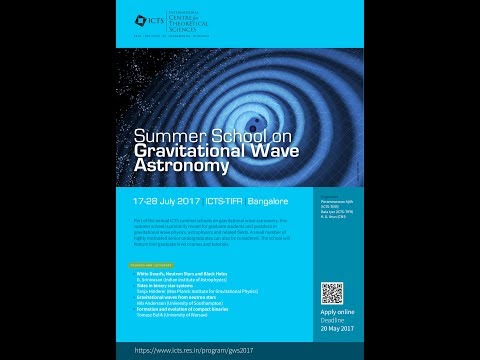Description:
Explore the fascinating world of black holes in this comprehensive lecture from the Summer School on Gravitational-Wave Astronomy. Delve into topics such as the stability of stars and matter, Einstein's laws of gravitation, Schwarzschild geometry, and the behavior of particles and photons near black holes. Learn about the Oppenheimer-Volkoff equation of state, Einstein's field equations, and the concept of the event horizon. Examine the differences between Newtonian and Einstein's theories in terms of effective potentials and orbits. Investigate gravitational capture, radial motion of particles, and the journey of falling into a black hole. The lecture concludes with a discussion on the Lemaitre coordinates and a Q&A session, providing a thorough understanding of black hole physics and its implications in gravitational-wave astronomy.

Black Holes - Lecture 4
Add to list
#Science
#Astronomy
#Black Holes
#Physics
#General Relativity
#Cosmology
#Gravitational Waves
#Schwarzschild Metric